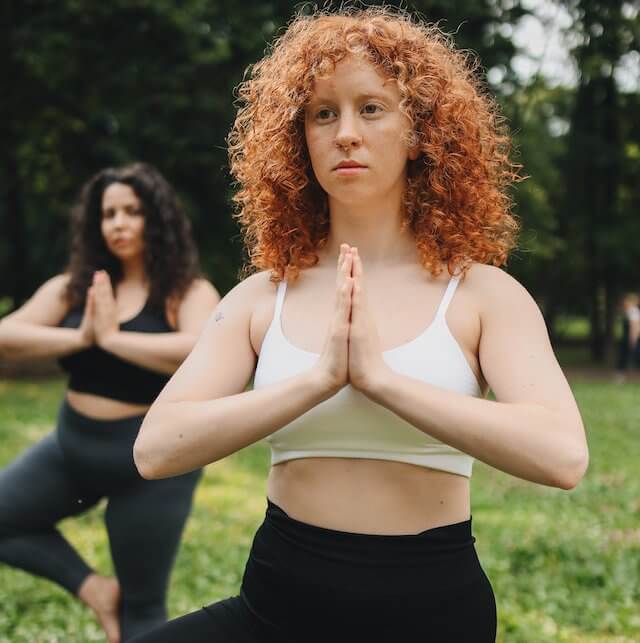Yoga, an ancient practice with roots tracing back to India, has gained immense popularity around the world for its myriad of physical, mental, and spiritual benefits. However, the traditional depiction of yoga often presents a specific image – a slim, flexible individual gracefully contorting their body into poses. This portrayal has perpetuated the idea that yoga is only accessible to a certain body type, leaving many individuals feeling excluded. In recent years, there has been a powerful movement towards embracing inclusivity and body positivity within the realm of yoga. This evolution seeks to break down the barriers and stereotypes, making yoga accessible to people of all shapes, sizes, and abilities. Yoga For Every Body!
Yoga For Every Body
Challenging Stereotypes
Historically, yoga has been associated with specific body aesthetics and ideals. The images often found in media and advertising depict a homogenous representation of practitioners, inadvertently sending the message that yoga is reserved for the already fit and flexible. This narrow view has created a sense of alienation for many potential yogis who don’t see themselves reflected in these portrayals.

However, the rise of social media and digital platforms has allowed for a diverse range of voices to be heard. Influential yoga teachers, practitioners, and advocates have been using these platforms to challenge these stereotypes and celebrate the beauty of all bodies. They emphasize that yoga is not about fitting into a mold, but rather about self-discovery, self-care, and self-acceptance.
Inclusive Yoga Spaces
The movement towards inclusivity and body positivity within the yoga community has led to the creation of inclusive yoga spaces. These spaces prioritize diversity and welcome individuals from all walks of life, regardless of their age, size, ability, or background. Inclusive yoga classes and studios emphasize making modifications and adjustments to poses, ensuring that each person can practice comfortably and safely.
Teachers who champion inclusivity are mindful of the language they use, promoting body-neutral cues that focus on how a pose feels rather than how it looks. This shift in communication helps students reconnect with their bodies and sensations, fostering a sense of empowerment and acceptance.
Body Positivity in Practice
Embracing body positivity in yoga goes beyond physical appearances; it delves into the mental and emotional aspects of the practice. Yoga encourages mindfulness, self-compassion, and gratitude for the body’s capabilities. Through self-awareness and self-acceptance, practitioners can develop a healthier relationship with their bodies.
Inclusive yoga practices encourage students to let go of judgment and comparison, focusing on their own journey rather than external expectations. This mindset shift can lead to increased self-esteem and a more positive self-image, fostering mental well-being alongside physical health.
Empowerment and Self-Care
The shift towards inclusivity and body positivity in yoga is rooted in the idea of empowerment. By creating a space where individuals are encouraged to honor their bodies and embrace their uniqueness, yoga becomes a tool for self-empowerment and personal growth. When practitioners feel seen, valued, and respected, they are more likely to engage in consistent practice, leading to a multitude of physical and mental benefits.
Final Thoughts
The evolution of yoga towards inclusivity and body positivity is a testament to the power of embracing diversity and challenging societal norms. By breaking down barriers and welcoming individuals of all body types and abilities, yoga becomes a more accessible and enriching practice for everyone. This movement reminds us that yoga is not just about the poses; it’s about self-discovery, self-care, and self-love. As we continue to shift the narrative surrounding yoga, we pave the way for a more inclusive and empowering practice that truly serves every body.


